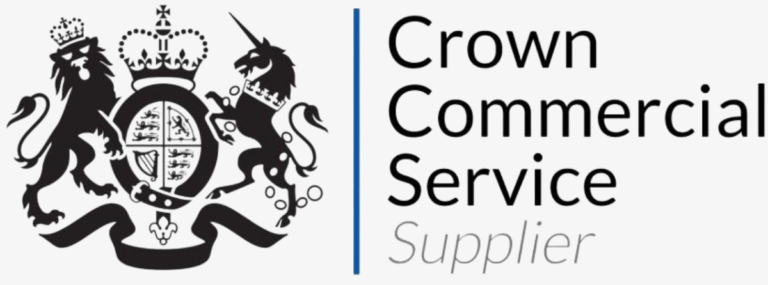
HaloCRM Guides
Call Management
In this guide we will cover:
- What is Call Management Used for?
- Logging a Call Manually
- Adding and Creating Scripts
- Integrating with Calling Software
Associated Administrator Guides:
What is Call Management Used for?
Primarily this feature is used when you have Agents answering the phone or making calls to log requests or incidents in Halo. You can have your agents running through call scripts to automate the process of information gathering and then log this in the ticket.
When enabled in configuration you can edit the settings for this feature. This can be done by heading to the Configuration and pressing the + symbol when hovering over the feature.
Fig 1. Enabling The Call Management Module
Logging a Call Manually
To manually log a call as an agent head to the ticket screen, click new and click "New Call", this will bring up the call screen which is explained below.
Fig 2. New Call Button
There can be a new call button visible at the top of the navigation bar, the setting is called "Display new Call button in navigation bar", this can be added in Configuration > Advanced Settings or Configuration > Call Management > General Settings.
Fig 3. New Call Button on The Top Navigation Bar
This call screen can be seen in Fig 4, this will appear when an incoming call is taken or when an outgoing call is logged using the call feature.
Fig 4. The UI of the Call Screen
- Red phone button - Stops the call timer and should be used when the caller hangs up.
- Cog icon next to 'customer' - Allows you to match the client/site of the person calling. Filling in the caller name will match to a user under this site.
- Call script button - Opens the call script selection dialogue.
- "Enter Your Notes Here" - Enter notes for the call.
Fig 5. Logging a New Ticket and Editing The Details
Adding and Creating Scripts
Call scripts in Halo are used for giving your agents a step by step dialogue to go through the user with. This will help to eliminate any hesitation and unprofessionalism from the agents side.
They are also used to update different fields within the ticket (Make sure to set the default ticket type for the new call screen from within Configuration > Call Management > General Settings).
The *Default* option will be set in Configuration > Tickets > General Settings, although you can have a default ticket type specifically for call screen tickets, this is done by editing the following dropdown:
Fig 6. Default Ticket Type
In the Configuration Console you can edit the call scripts by adding the below module, this is done by hovering over the module and clicking the + symbol. Clicking into any existing call script or clicking "New" will bring up the edit screen.
Fig 7. Call Scripts Module
The edit screen itself is self-explanatory with the name and notes being evident. The list of questions is underneath these.
Fig 8. Configuring a New Call Script
- Sequence - The order in which the questions appear in the list, this is ordered low to high.
- Question Type - This determines the style and layout of the question being asked by the agent. you can create a decision tree when using the "Make a choice" type, as each question option input into the table, can lead to a different "Next Question". The "Message" type is used if you would like the agent to say a specific thing at any point during the conversation, it is not a question and answer layout, instead just a line of text, this could be an informative message to give the agent, if there is something they should do at a certain step in the conversation with the user.
- Question - Input the question that the agent is to ask the user at this point in the script.
- Input Type - You can choose what the input is for the agent, so it can be a single line of text, a larger memo of text, or it could be a field input if "Populate a field" is chosen as the question type.
- Select the next question if necessary or end the call script after this step.
You can configure a list of checkboxes for the agents to choose from, this is done by using the "Make a choice" Question Type, you can have a single select dropdown or a list of single select checkbox options (radio buttons), these choices can have their own "next question" configured, so that there is a decision tree style of option selection:
Fig 9. Single Select Dropdown on the Call Script
The configuration for the above call script, is shown in Fig 11. This is showing that we have selected the "Impact" field that is a default field type, what this means is that the dropdown shown in Fig 10 has inherited the dropdown options configured for that field. Impact is a default field that isn't configurable.
Although you can use custom fields as well, note that the custom field will only appear on the action and does not update the actual field, make sure to use the entity: Ticket when creating custom fields for call scripts.
Fig 10. Configuration for the Call Script Step Shown in Fig 10
You can also configure radio buttons, which will look like the following:
Fig 11. Radio Buttons
Identify Verification on the call script (v2.172+)
When the question type 'Show Fields for Identity Verification' is selected you will be able to choose a number of user fields to appear on the screen. These fields will show in the call script, populated with data from the matched user.
Fig 12. User identity verification question
This allows the agent to have the user confirm their identity using security questions.
Fig 13. Default Call Script to Show
If *Ask Each Time* is chosen, then the agent will see this when the new call screen is used, if not, then the default call script will automatically run when the new call screen is used:
Fig 14. Call Script Default *Ask Each Time*
After filling in the details for the call script options, you can then choose a user and log a ticket from the call screen, the new ticket generated will have the details from the call script appended to the first action.
Note: The new ticket may take a few seconds to generate.
Fig 15. New Ticket Logged from the Call Screen
There is also a Ticket Type level configuration option found on the settings tab, to respond to the ticket (The respond action) when a new ticket is logged from a call:
Fig 16. Auto Response Option for New Tickets
There is also an action configuration option for setting a call script, this is for triggering call scripts from an action:
Fig 17. Call Script Setting on Actions
Integrating with Calling Software
We currently support screen popping to the call screen, input the URL to your Web App with /call at the end such as https://support.nethelpdesk.com/Call?showmenu=false&callerid=@callerid . This will populate the client site if matched on the phone number for incoming or outgoing.
The screen popping up can be configured for when an agent picks up the phone via Microsoft Teams.
Popular Guides
- Asset Import - CSV/XLS/Spreadsheet Method
- Call Management
- Creating a New Application for API Connections
- Creating Agents and Editing Agent Details
- Departments and Teams
- Halo Integrator
- Importing Data
- Multiple New Portals with different branding for one customer [Hosted]
- NHServer Deprecation User Guide
- Organisation Basics
- Organising Teams of Agents
- Step-by-Step Configuration Walk Through





